Inflation continues to affect daily expenses, and grocery bills in 2024 are no exception. As food prices soar, many feel the pinch at checkout, often without fully understanding the reasons. From rising production costs to global supply chain issues, inflation’s influence on the food industry has surprising and far-reaching effects. This article uncovers 19 unexpected facts about how inflation shapes your grocery costs, offering insights to help you navigate these changes and manage your budget better.
Supply Chain Bottlenecks
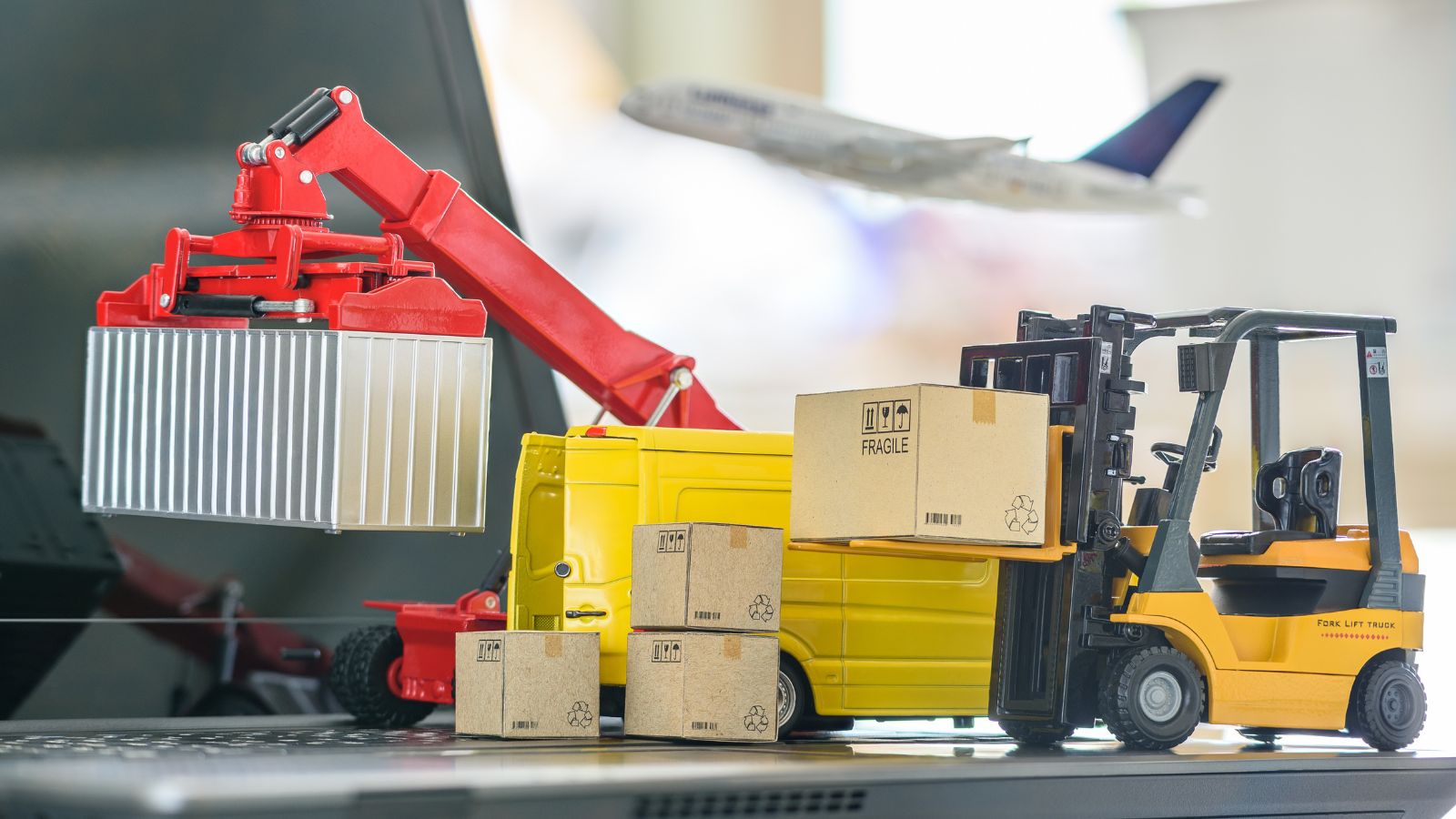
Inflation is often fueled by the costs associated with shipping, processing, and distribution. In 2024, lingering supply chain bottlenecks are driving up prices. When trucks, ships, and factories struggle to meet demand, costs skyrocket, and that extra cost often lands in the consumer’s basket.
Fuel Prices Drive Up Costs
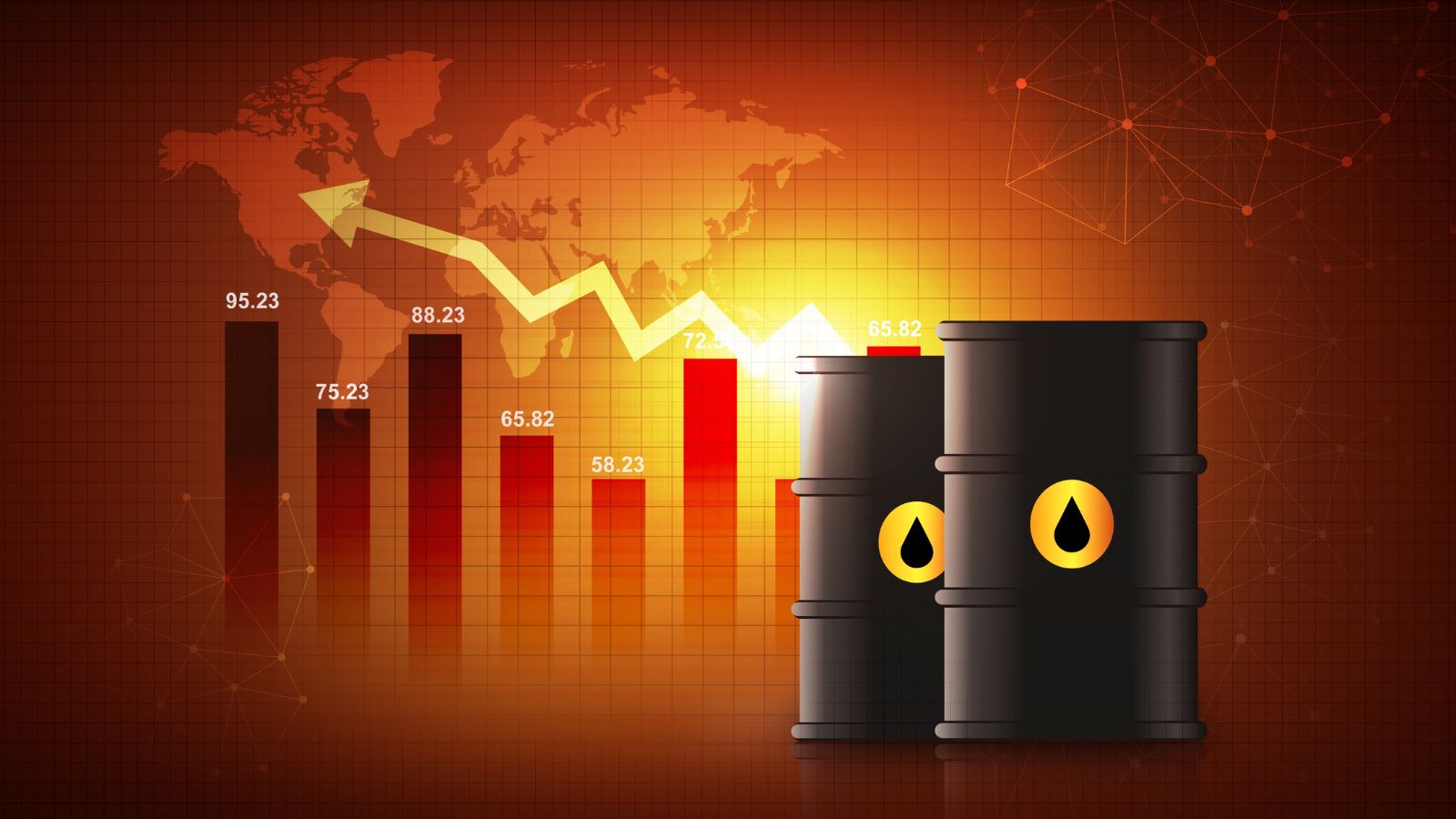
Fuel isn’t just affecting your commute—it’s also making your lettuce more expensive. With fluctuating fuel costs, grocery stores spend more on transport, which gets passed on to the consumer. That gallon of milk had to travel, and those costs are now part of its price.
Labor Shortages and Higher Wages
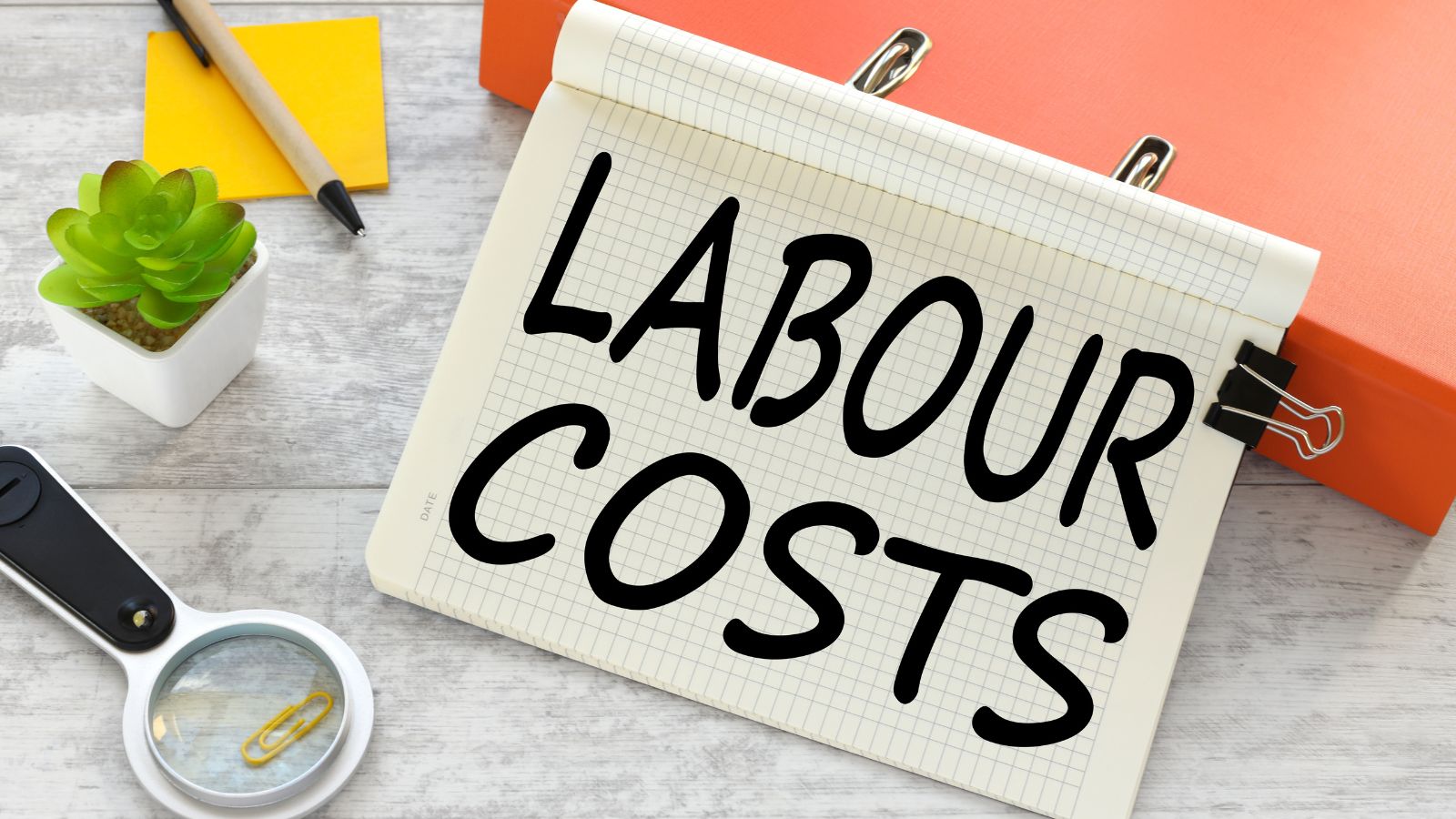
Labor shortages in the food industry are leading to higher wages for workers, which, in turn, contributes to increased grocery prices. As businesses compete for a limited workforce, they must raise salaries to attract and retain employees. These higher labor costs are often passed on to consumers, resulting in elevated prices for everyday food items.
Climate Change’s Impact on Agriculture

Climate unpredictability is no longer a much-ignored factor; it’s affecting our groceries now. Droughts, floods, and extreme weather events have reduced crop yields and higher prices for specific food items, especially fruits, vegetables, and grains. Geographic marketing segmentation can affect the overall marketing strategy.
Shrinkflation—Less Product, Same Price

Here’s a sneaky one. Have you noticed the packaging getting smaller? That’s shrinkflation. Instead of raising prices, companies reduce the product size—think fewer chips in a bag or less cereal in a box—so you’re paying the same but getting less.
Increased Demand for Staple Foods
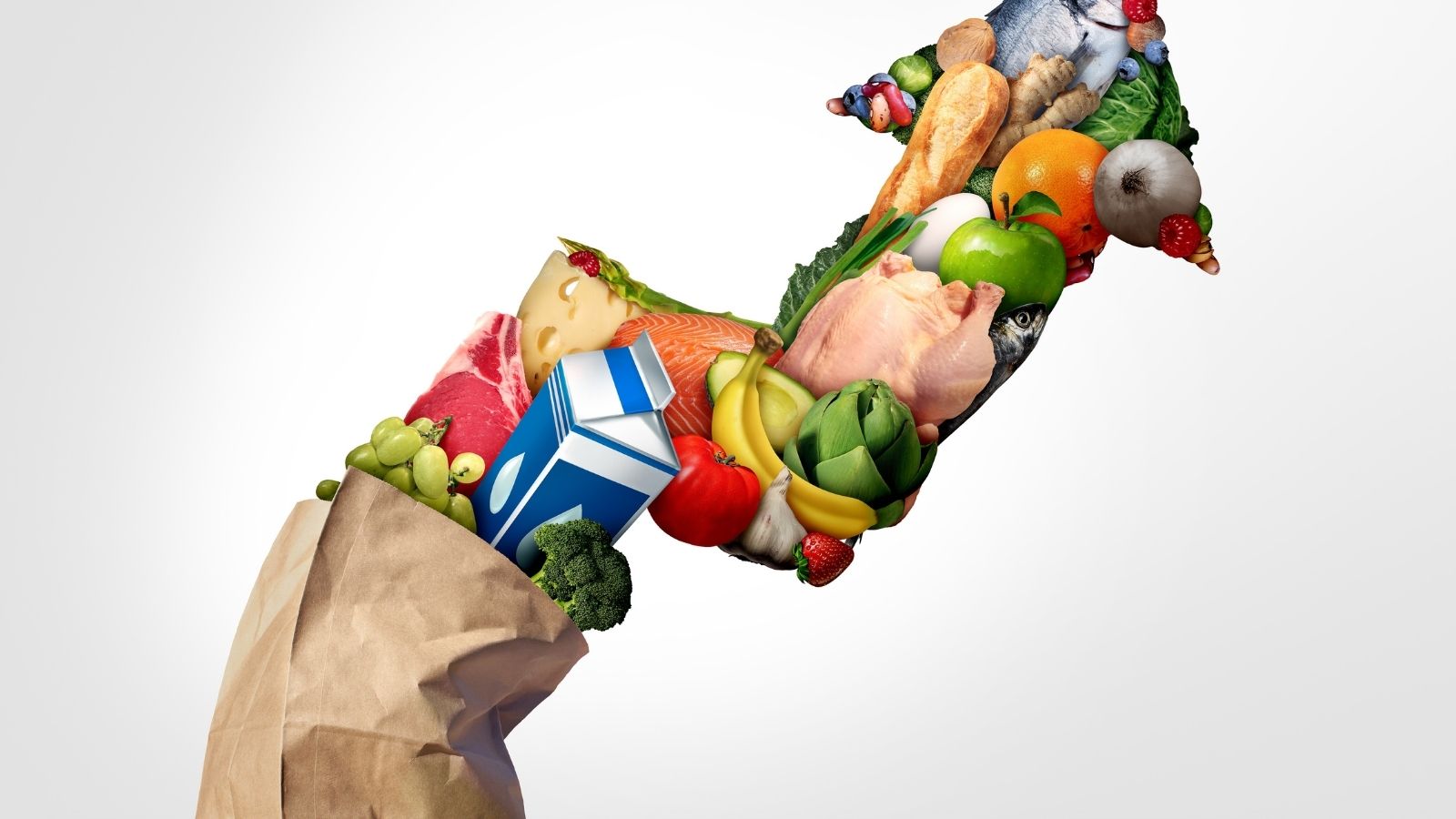
As inflation affects non-essential spending, many consumers stick to staple foods like rice, pasta, and bread. This increased demand for essentials pushes up their prices (as demand increases, price increases automatically). When everyone needs the same basics, costs go up across the board.
A Surge in Packaged and Processed Foods

Packaged and processed foods are in higher demand, and more people are looking for quick, affordable meal solutions. Yet, these items use multiple ingredients and have longer supply chains, making them more susceptible to inflation than fresh foods.
Dairy and Meat Are Particularly Pricey

Inflation has hit Animal products hard due to feed costs and rising expenses associated with animal farming. If you’re noticing your milk, eggs, or beef costing more than usual, you’re witnessing inflation’s effect on one of the costliest grocery categories.
The Organic Premium Is Widening
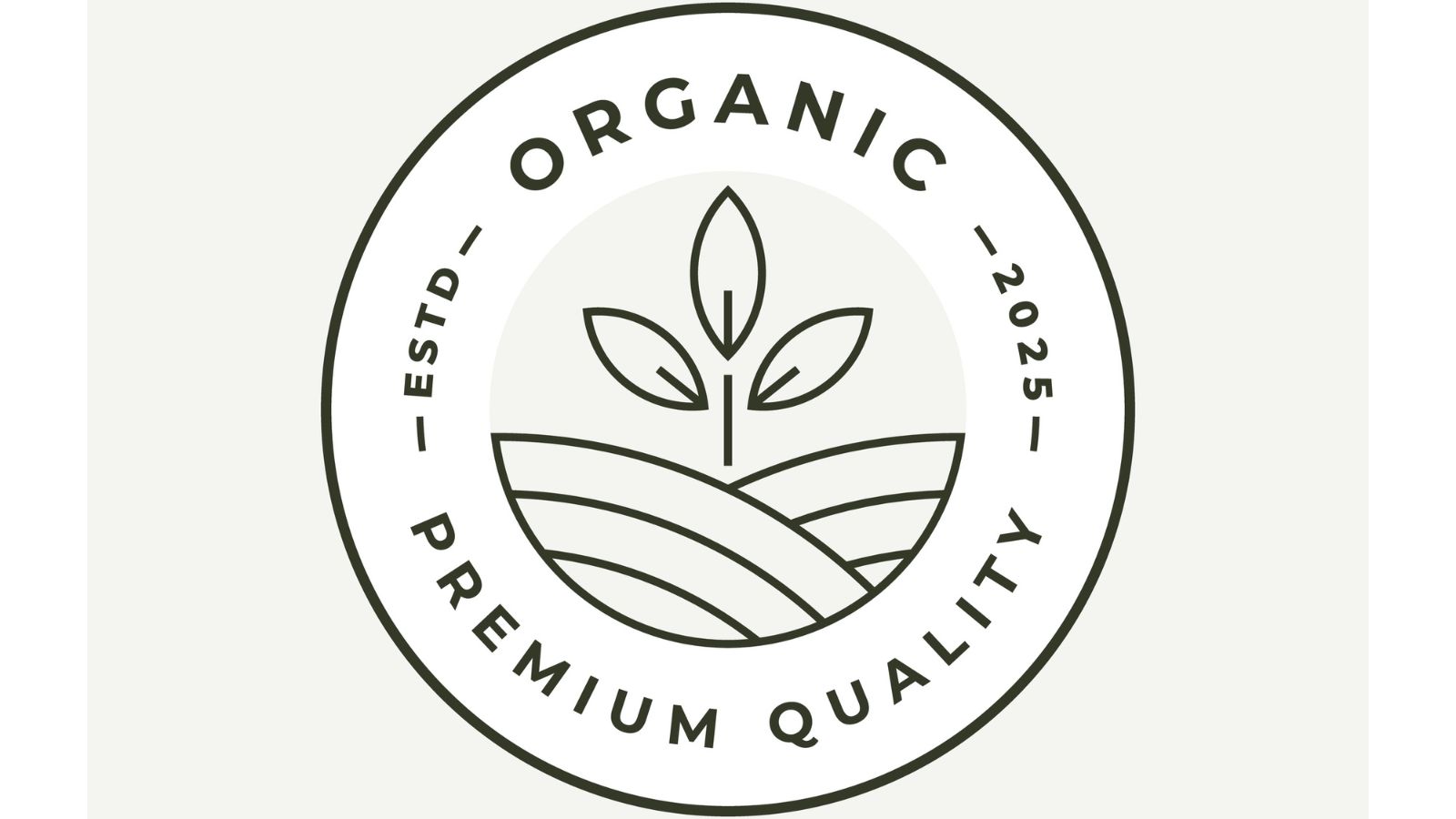
Organic products are known to be more expensive, but in 2024, the gap between organic and non-organic prices is widening even more.
With increased costs for organic farming practices and certifications, organic options are climbing in price faster than their conventional counterparts.
Imports Are Hitting Your Bill

As the dollar fluctuates, imported goods become more expensive. Many favorite items—like coffee, tropical fruits, and certain spices—are imported, and inflation is making it pricier to get these products from overseas.
Grocery Chains Passing on Higher Rent Costs

Food prices are not the only thing affected by inflation. Operating expenses for grocery businesses, such as rent and utilities, have increased. Customers are later responsible for paying these expenses, which raises your total by a few cents or dollars.
High Demand for Sustainable Packaging

Many brands are adopting eco-friendly packaging, which can be more expensive, with sustainability awareness on the rise. While this benefits the environment, your price often reflects the cost of greener packaging.
Healthier Options Come at a Higher Price

Inflation is especially noticeable in the health food sector, with the rising cost of nuts, seeds, and similar products. As more people seek these items due to increased health awareness, demand increases, driving higher prices.
Discounts and Coupons Are Harder to Find

Ever notice that your usual deals aren’t as available? As grocery stores adapt to tighter profit margins, they’re reducing promotions. So, if you’re used to clipping coupons or waiting for discounts, you may find them scarce this year.
Global Grain Prices Impact Bakery Goods

Rising global grain prices have significantly affected the cost of bakery goods. With grains like wheat and corn becoming more expensive due to inflation and supply chain disruptions, producers are forced to increase their prices. As a result, consumers are paying more for everyday items like bread, pastries, and cereals.
Frozen Food Prices Are Spiking

Prices for frozen foods are experiencing significant spikes, driven by rising production costs and supply chain challenges. Factors such as increased energy prices and transportation expenses contribute to these higher costs. As a result, consumers may find their favorite frozen meals and snacks becoming less affordable, impacting their grocery budgets.
Unexpected Costs for Coffee Lovers

Coffee prices have soared thanks to supply chain issues and poor harvests in coffee-growing regions. For many, a simple cup of coffee has become a more significant budget consideration, mainly if you’re used to premium beans.
Rising Costs of Fertilizers Affect Produce

The cost of fertilizers, which are necessary for producing fruits and vegetables, has increased. These factors impact farmers’ capacity to grow crops at a reasonable price, and your grocery store’s fresh produce area reflects this.
Spending More on Pet Food

Pet food is not accessible from the effects of inflation. Prices have skyrocketed as more people own dogs, and the demand for high-quality pet food has soared. Your pet may have a shockingly higher feeding expense if you have one.
Conclusion

Navigating the grocery store in 2024 feels like a financial balancing act. But there are ways to manage your grocery costs amidst rising prices. Sticking to a shopping list, buying in bulk when possible, and choosing in-season produce can help mitigate expenses. Consider exploring farmers’ markets, which might offer better deals, especially fresh produce. Additionally, don’t underestimate the value of meal planning—it reduces food waste and ensures every dollar is put to good use.
While inflation reshapes our shopping habits, being proactive allows you to keep price shocks under control. By adjusting certain habits and understanding the factors driving these increases, you can take charge of your grocery budget in 2024. Inflation may be reshaping how we shop, but with a little savvy, you can keep those price shocks under control. While we may have to adjust some habits, being conscious of what’s driving these increases helps you take charge of your grocery budget in 2024.
18 Reasons Why People Are Leaving Florida in Masses

Exploring factors that impact the desirability of living in Florida, this list delves into various challenges shaping residents’ experiences. From environmental concerns like rising sea levels to economic factors such as fluctuating job markets, these issues collectively contribute to a nuanced understanding of the state’s appeal.
18 Reasons Why People Are Leaving Florida in Masses
